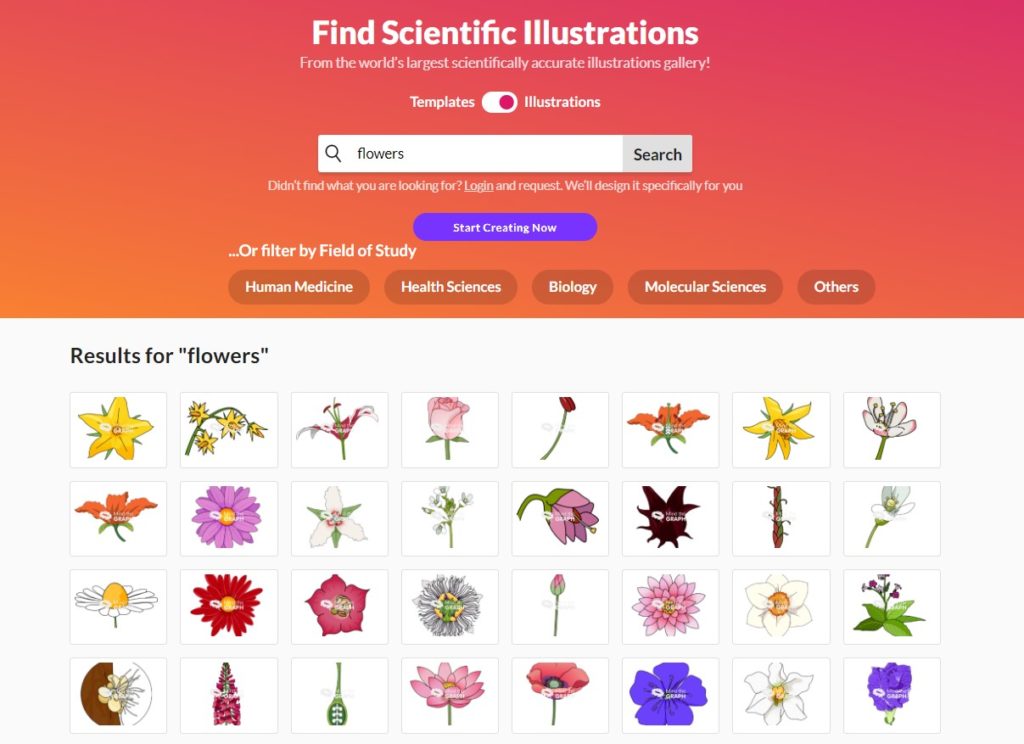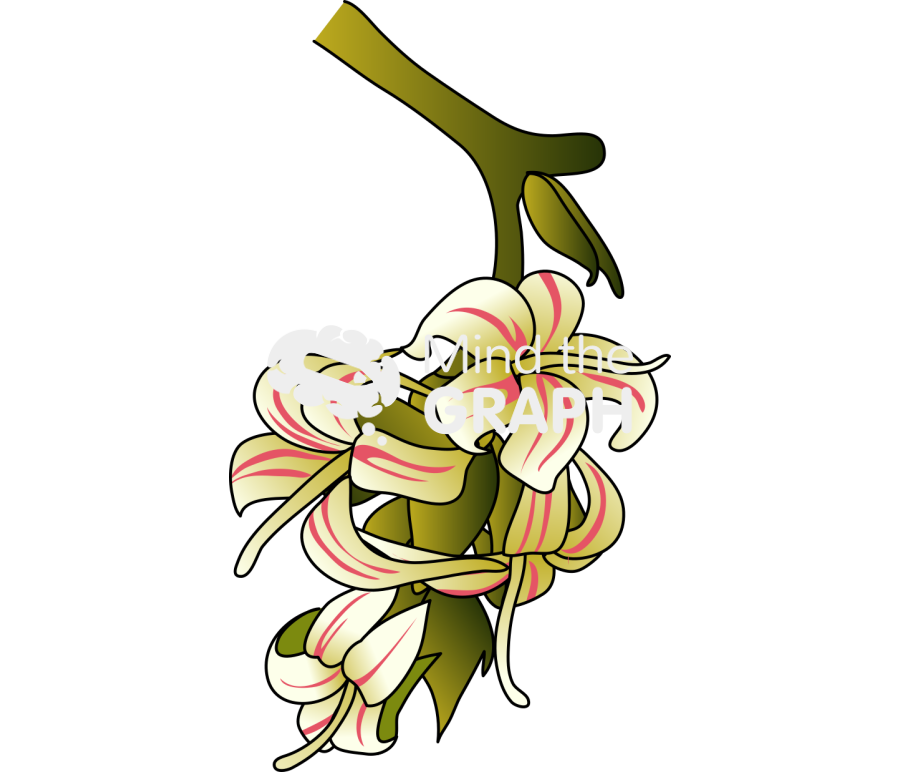Jacquemontia (Convolvulaceae) new species
Researchers discovered five new species of Jacquemontia (Convolvulaceae) in two different South American countries, Bolivia and Peru. Check out below which ones.

Bolivian and Peru are home to five new plant species discovered by researchers.
All of the species found are from the genus Jacquemontia, which carries pretty blue flowers with twining stems or trails.
The genus Jacquemontia Choisy contains approximately 120 species, many of which are neotropics, the largest diversity occurring in Brazil.
According to reports, species of this genus are intergraded and difficult to distinguish, giving the genus a bewildering reputation as a whole.
They are presumed to be pollinated by bees or insects of a similar type.

Botany’s new treasure: the new discoveries
Study teams at Exeter and Oxford Universities and the Royal Botanic Gardens, Kew, classified and described 28 new Jacquemontia species that were discovered in Bolivia and Peru.
There is the greatest variety of species in Bolivia’s east, despite the fact that the country’s endemics are all Andean.
In Peru, the northern drylands near the Ecuador border feature the greatest diversity and endemism.
Science claims that there are a great number of plants that haven’t been categorized and identified, mainly in tropical regions.
The study team has identified five new Jacquemontia species in Bolivia with help from local experts. Almost all of them appear to be relatively rare based on their research thus far.
The Jacquemontia flora of Bolivia and Peru is rather different, even though the two nations are neighbors and share several species.
Due to most Jacquemontia species bloom during and immediately following rainy seasons, it is best to look for them between February and June.
Five recently discovered species have been given names: Jacquemontia cuspidata, Jacquemontia mairae, Jacquemontia longipedunculata, Jaquemontia chuquisacensis and Jacquemontia boliviana.
There are a number of species of Jacquemontia that grow in grassy, shrubby, or open habitats, while some species will thrive and develop even without soil or water, other species need fire to initiate seed germination.
As part of this research, scientists want to understand how these species differ, their locations, and if any are endemic, as some are known to exist only in certain parts of the world.
There are many threats to plants growing in confinement, including exotic species, degradation of habitats, agricultural activities, mining activities, and road and reservoir construction.

The study mainly focus
In the current study, they mainly focused on rock outcrops, where some Jacquemontia species have been observed, as well as the newly described species found on Andean slopes.
South American rocks are formed from different geologies and are home to different plants. In addition to identifying plants, they are researching the ecosystems in which they live and their role in larger ecosystems.
As Jacquemontia and other plants on rock outcrops survived harsh conditions for thousands of years, researchers hope to learn from these plants how they adapt to the new climate changes and other environmental conditions.
Identifying plant species is a crucial step to protecting the rapidly diminishing biodiversity in South America and across the globe. We are about to discover a whole new world with this new discovery. The future holds a lot to learn about them, and also a lot of opportunities.
You can learn more about this discovery by checking out the references below.

Subscribe to our newsletter
Exclusive high quality content about effective visual
communication in science.




